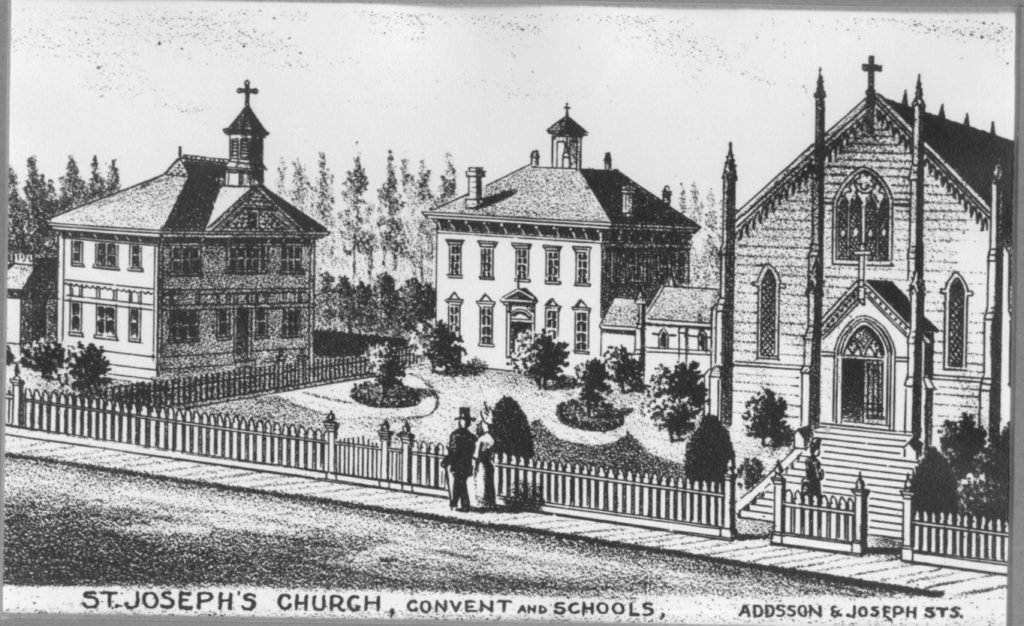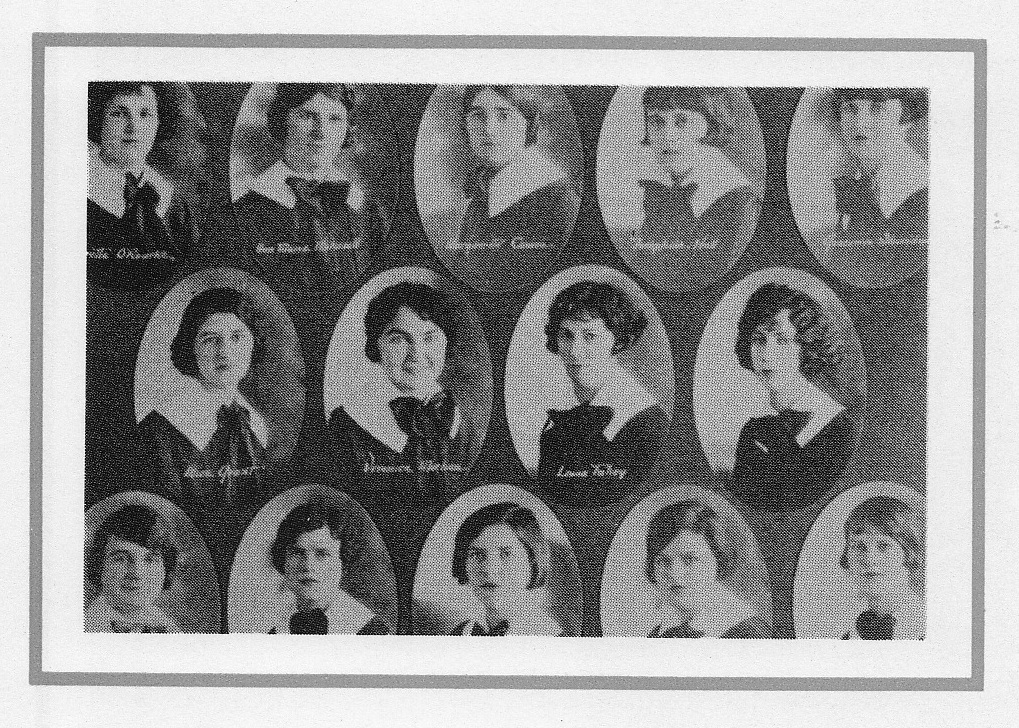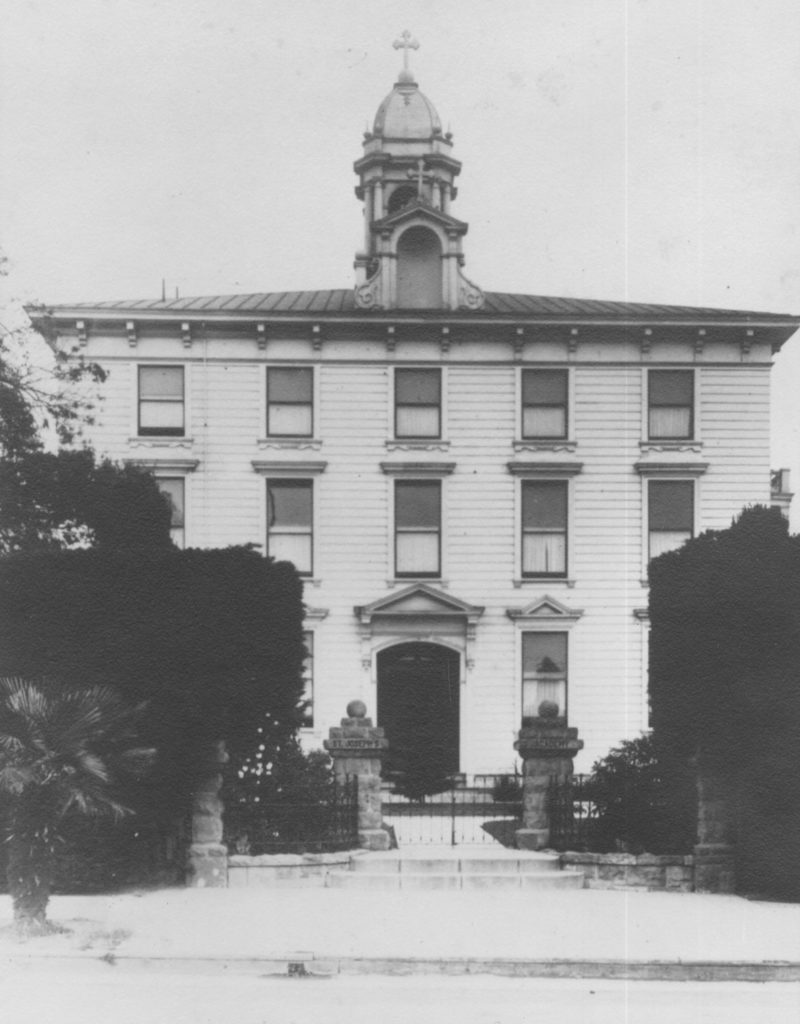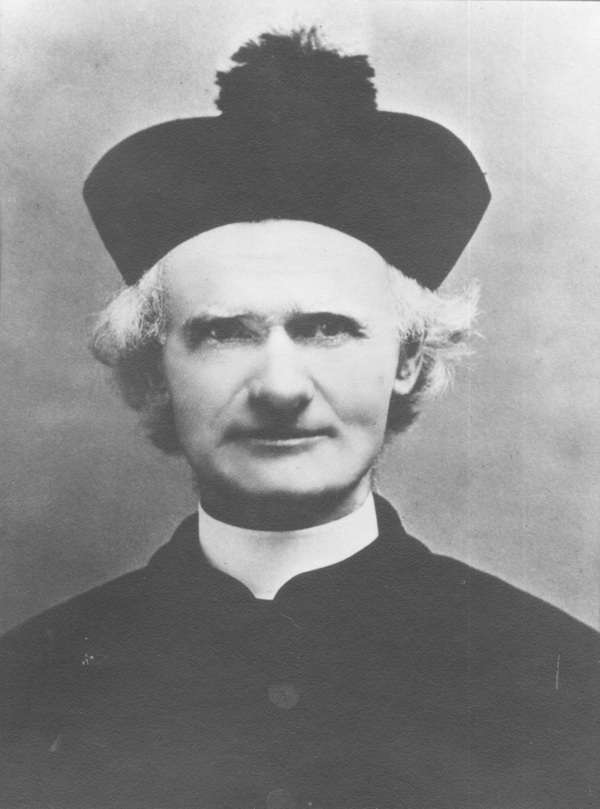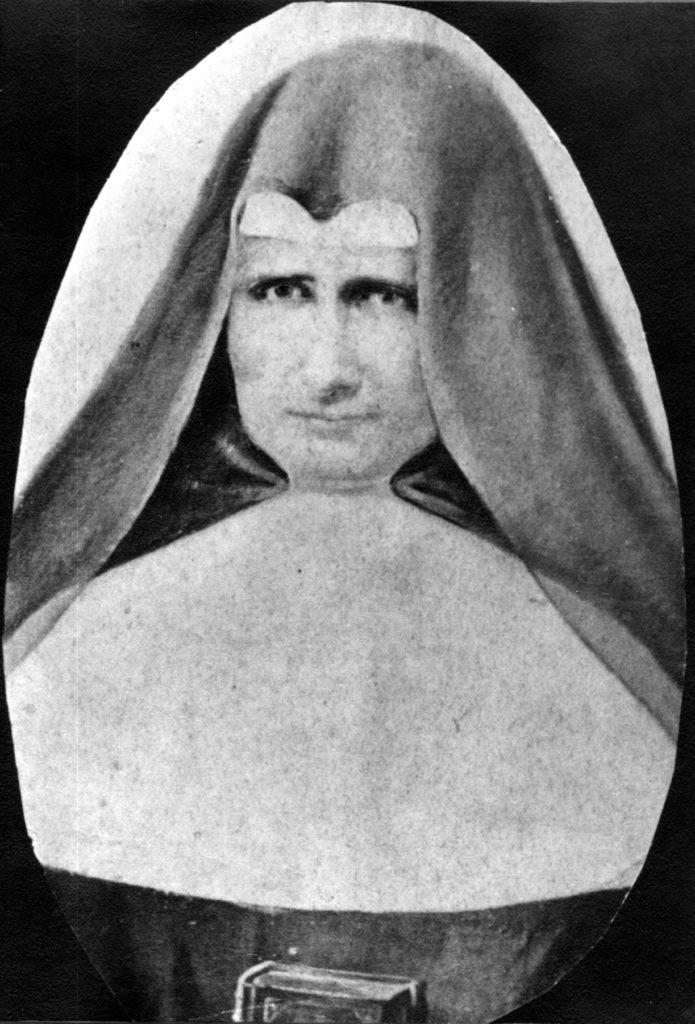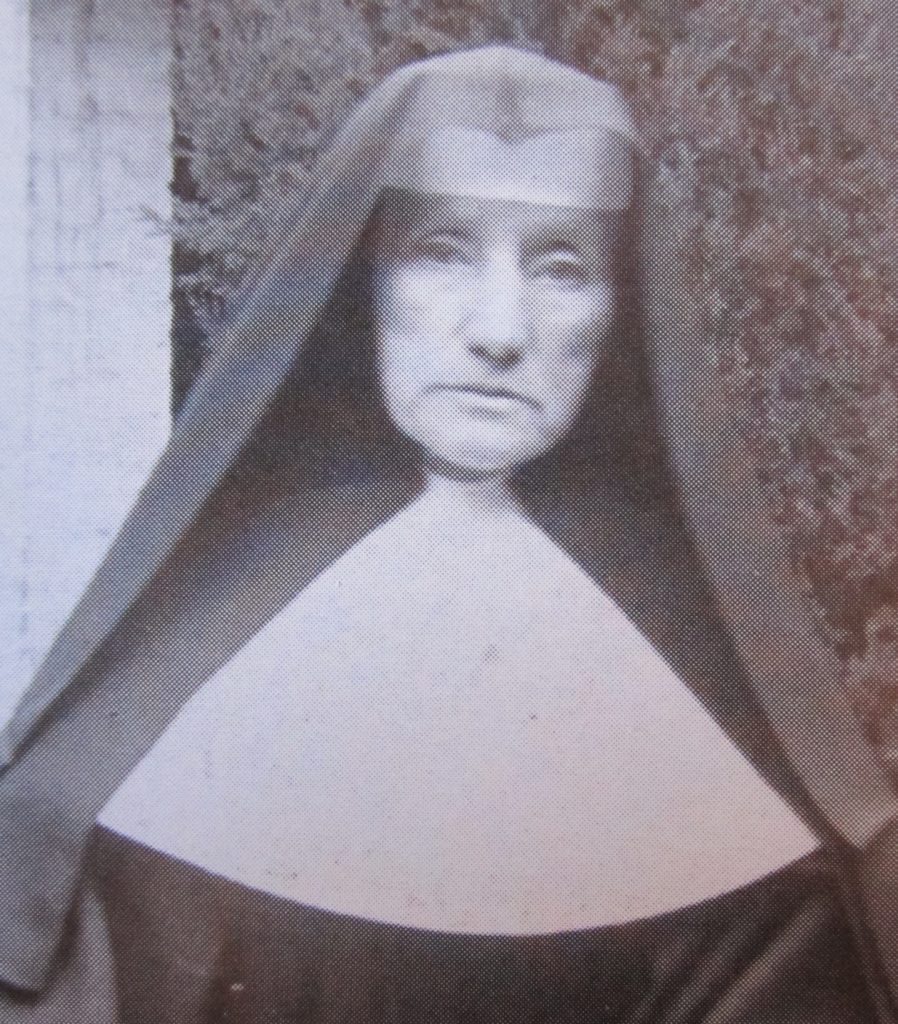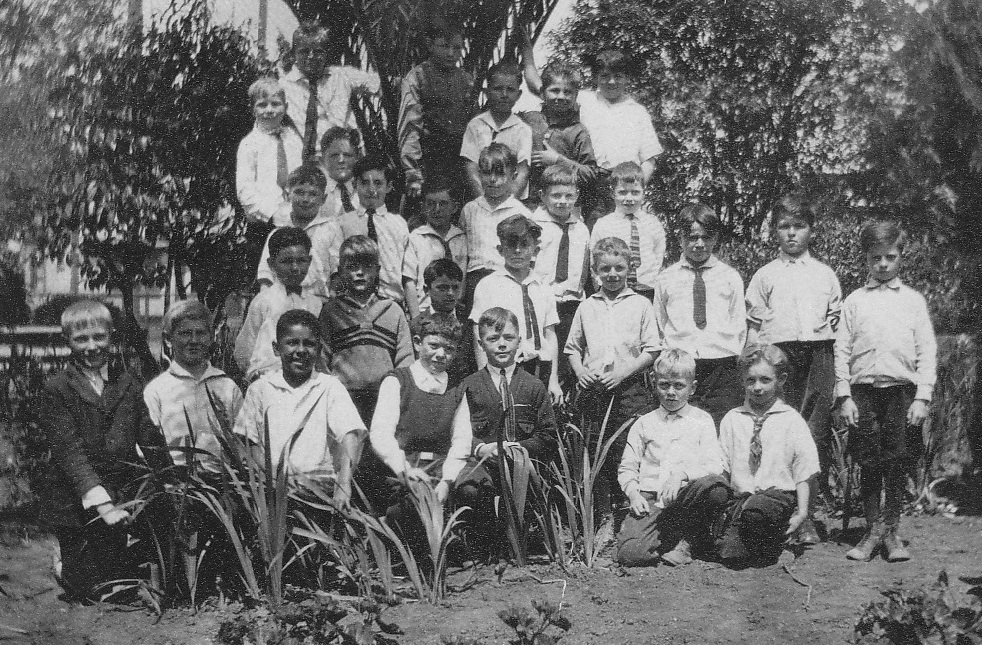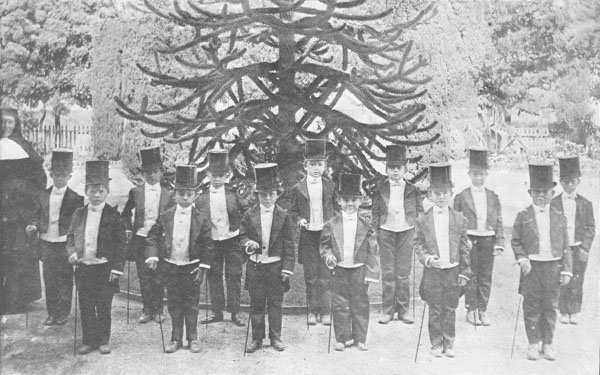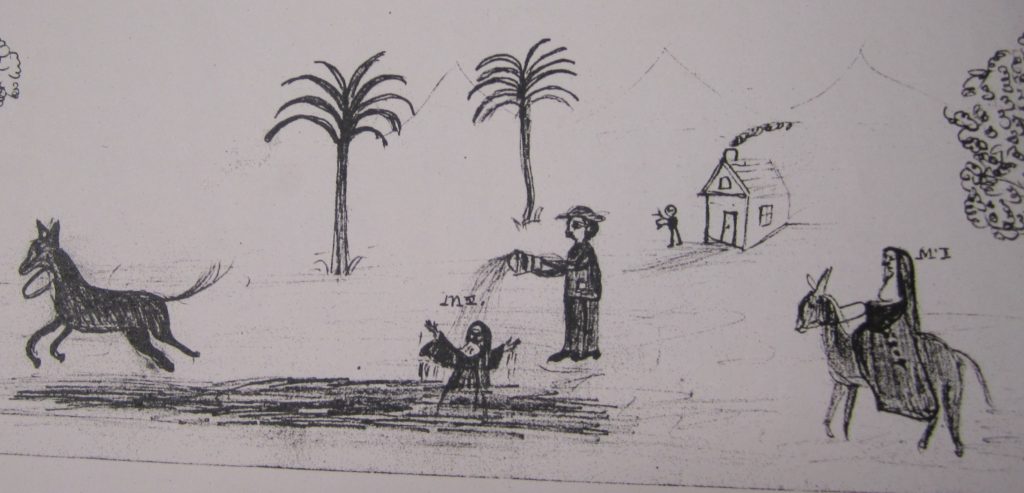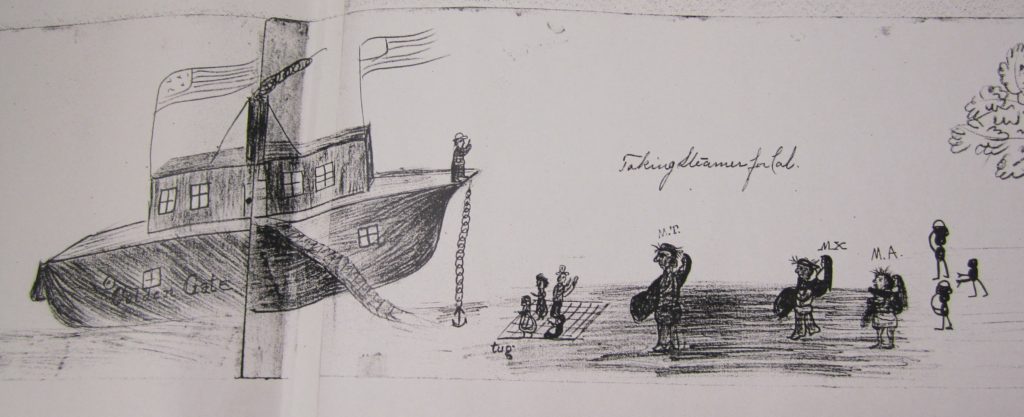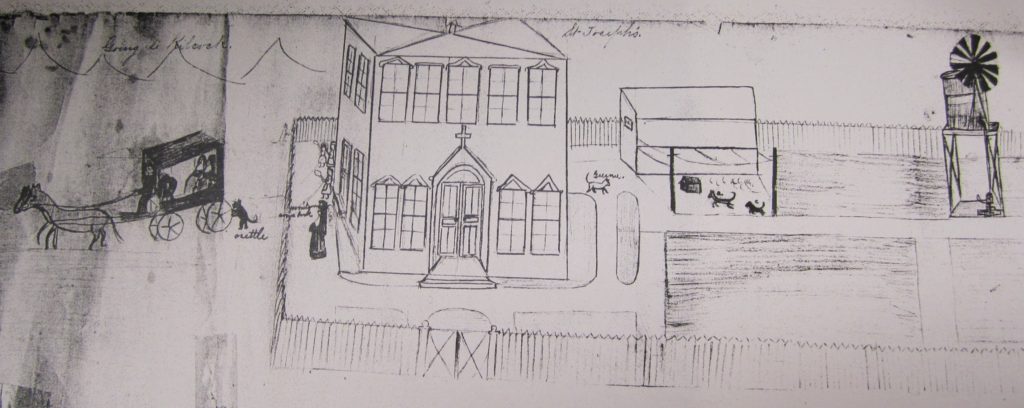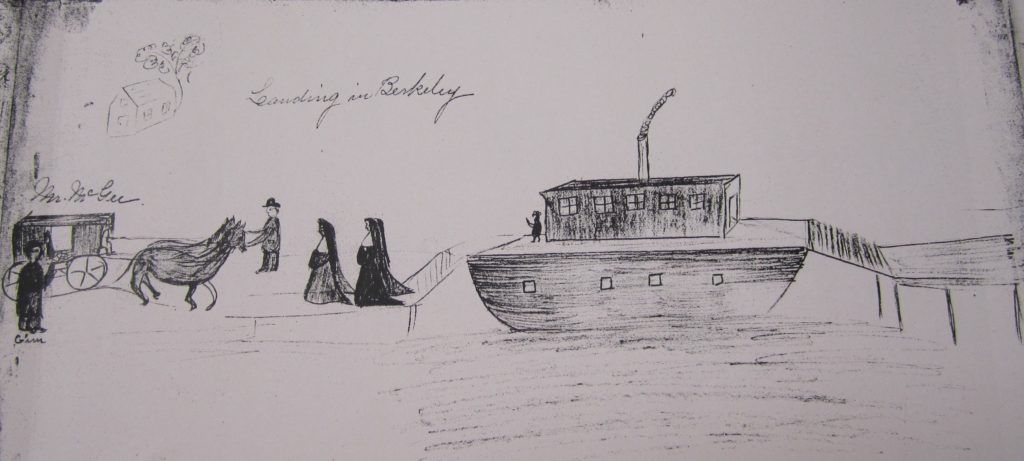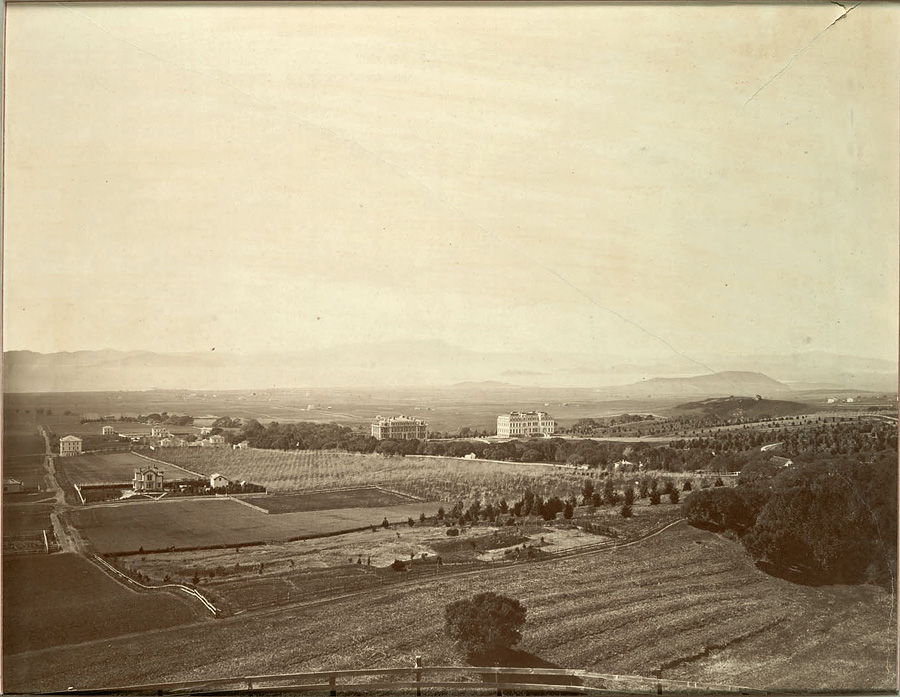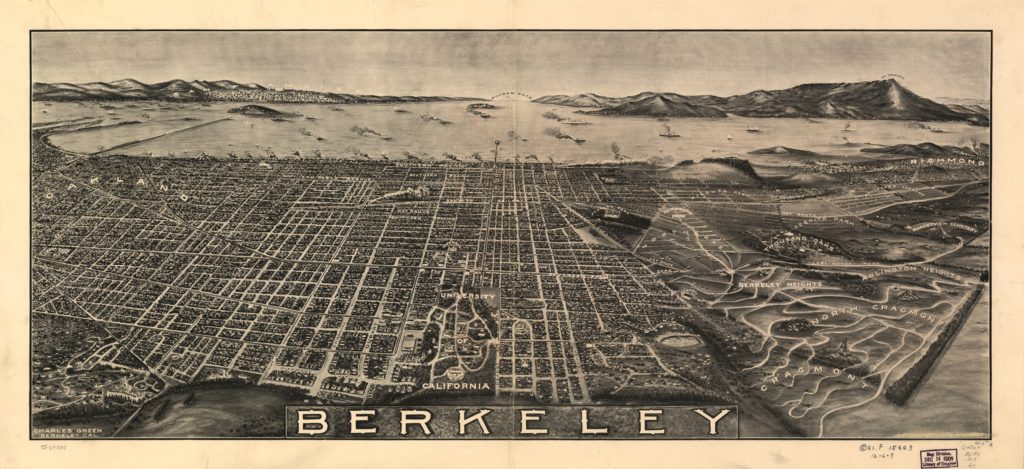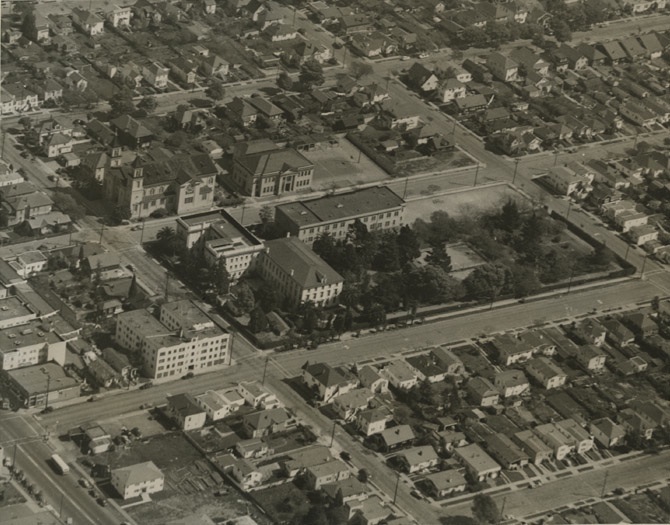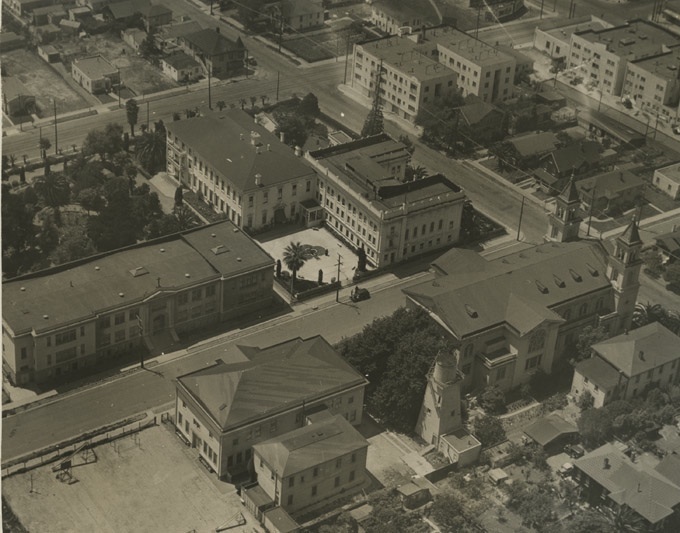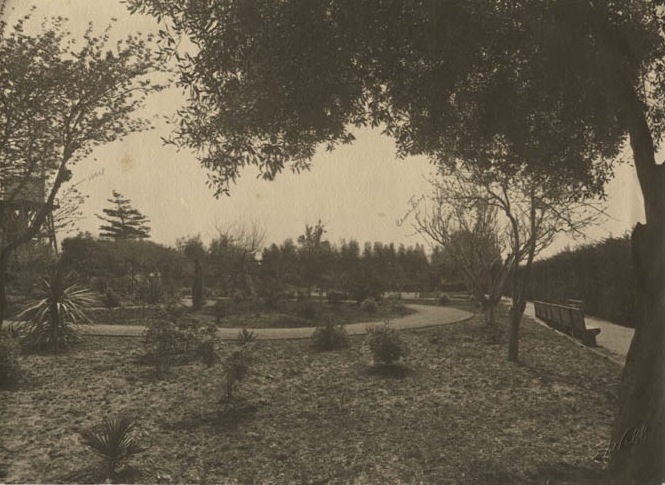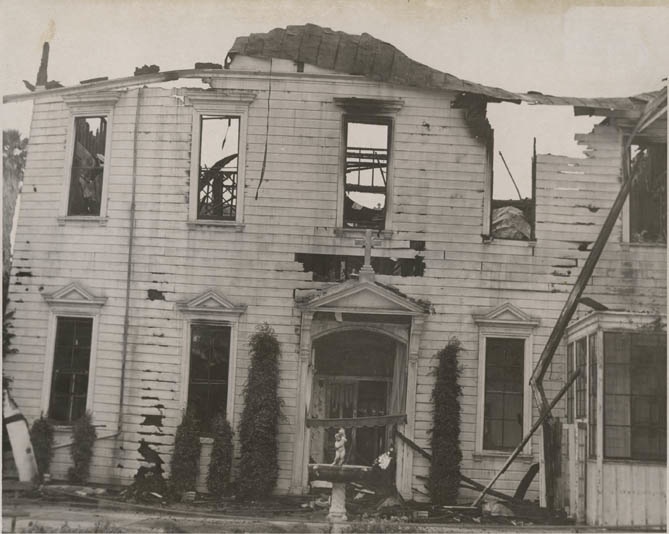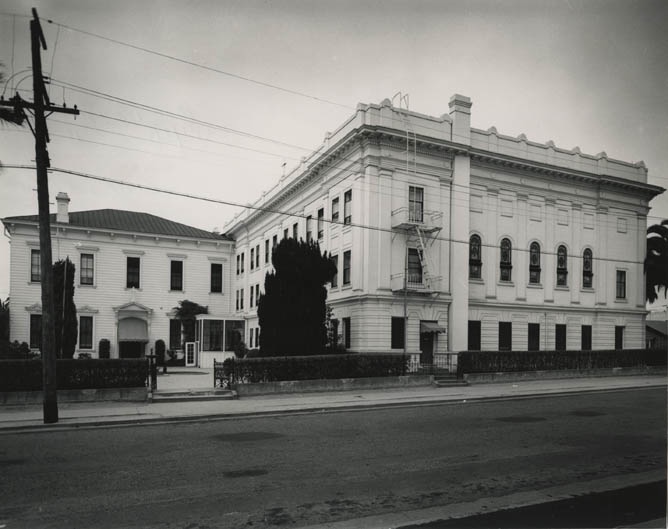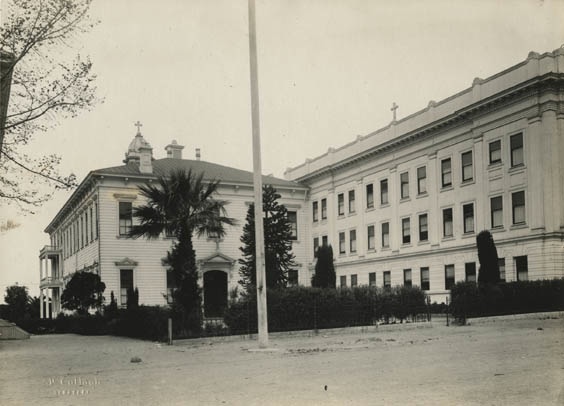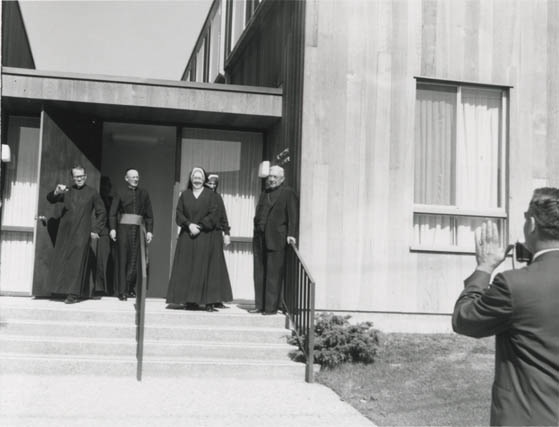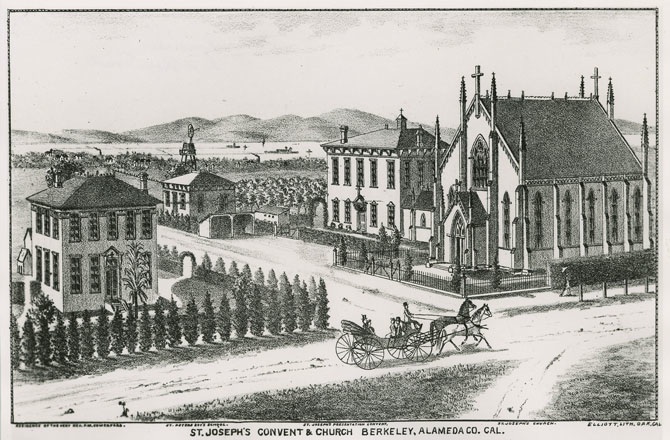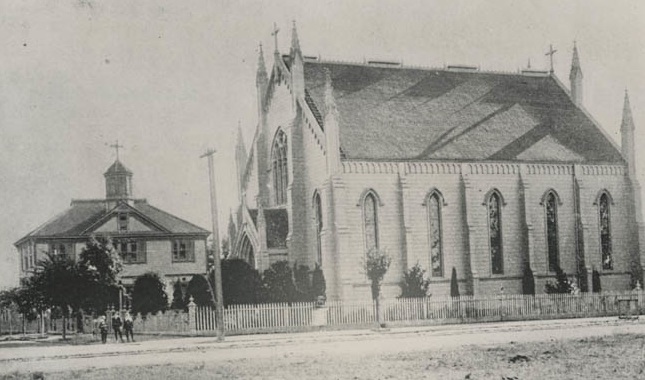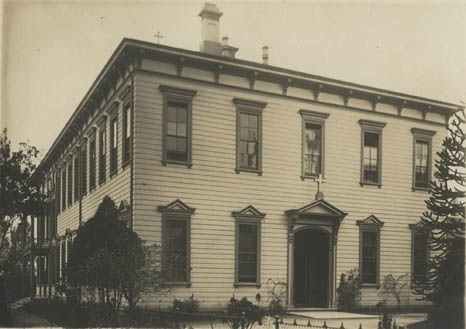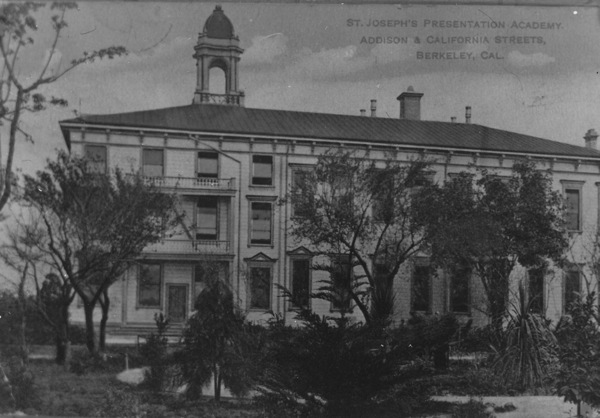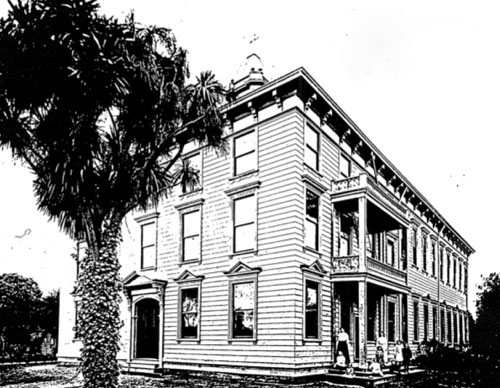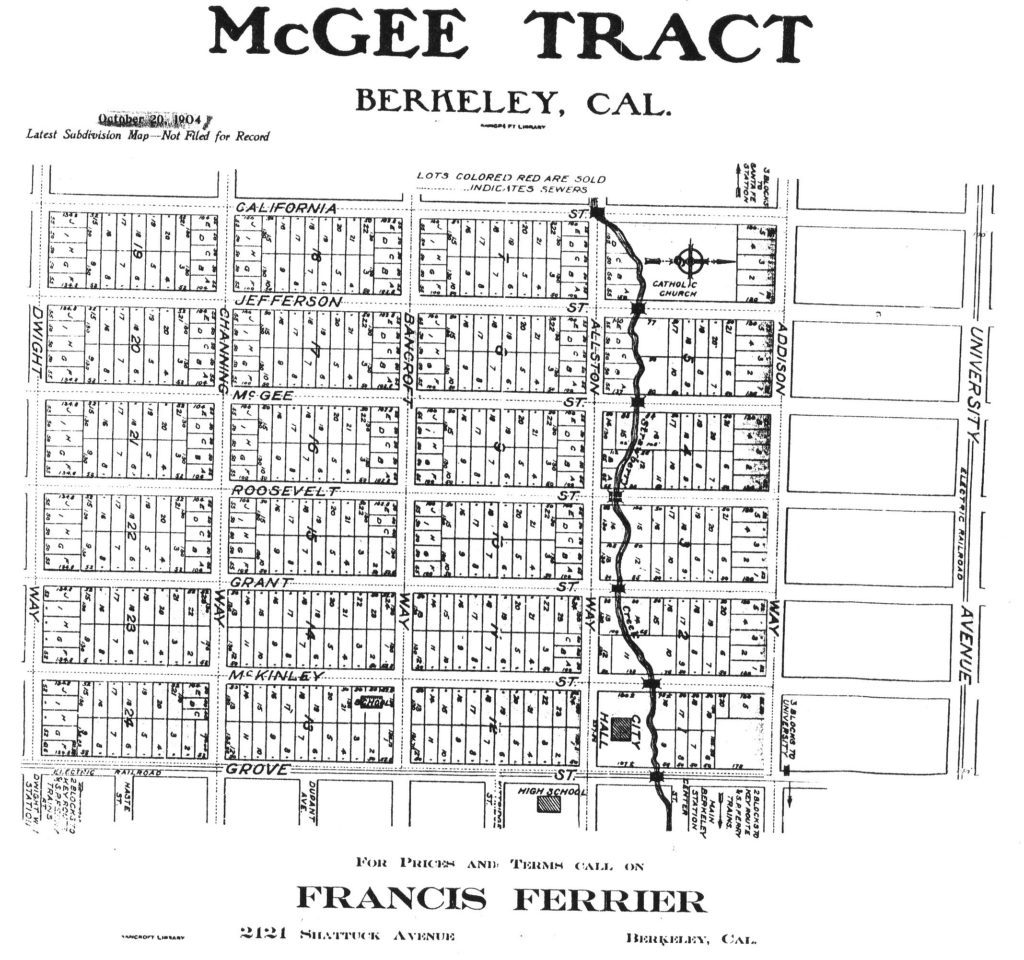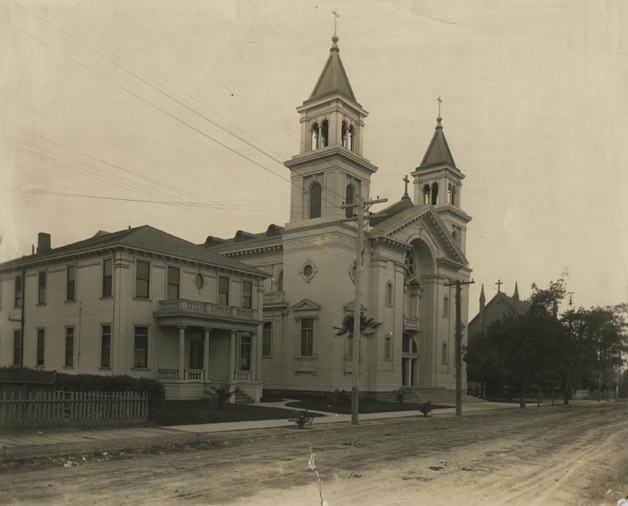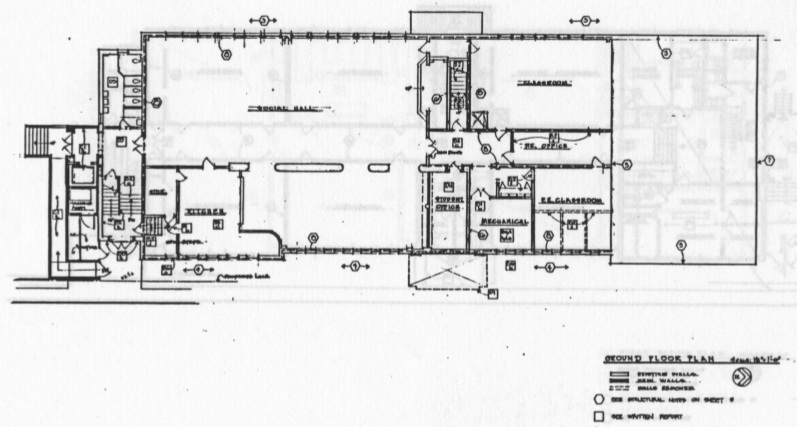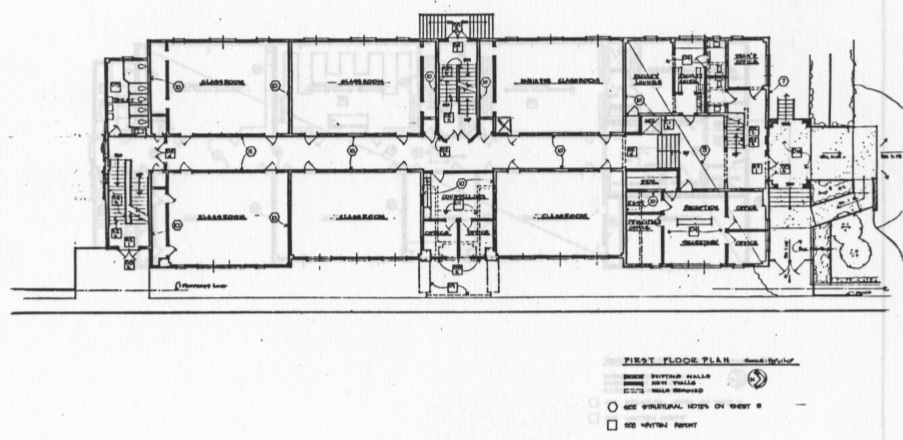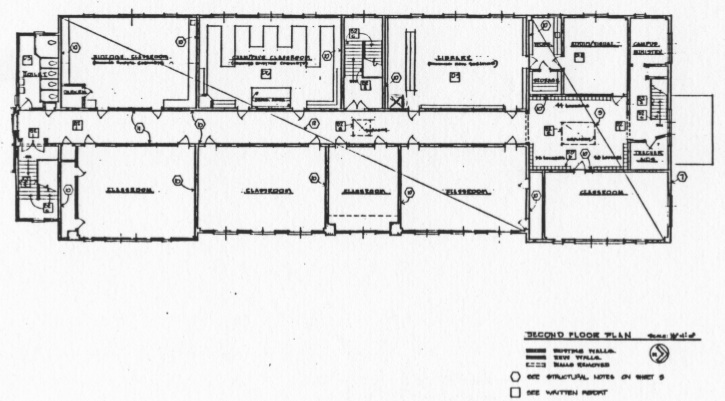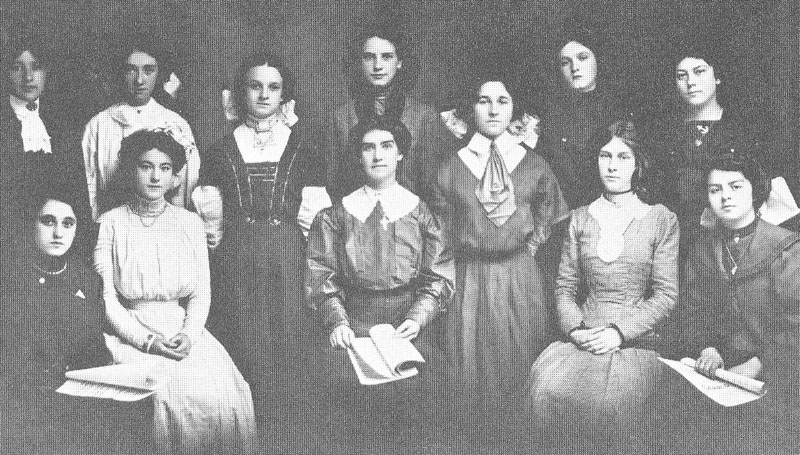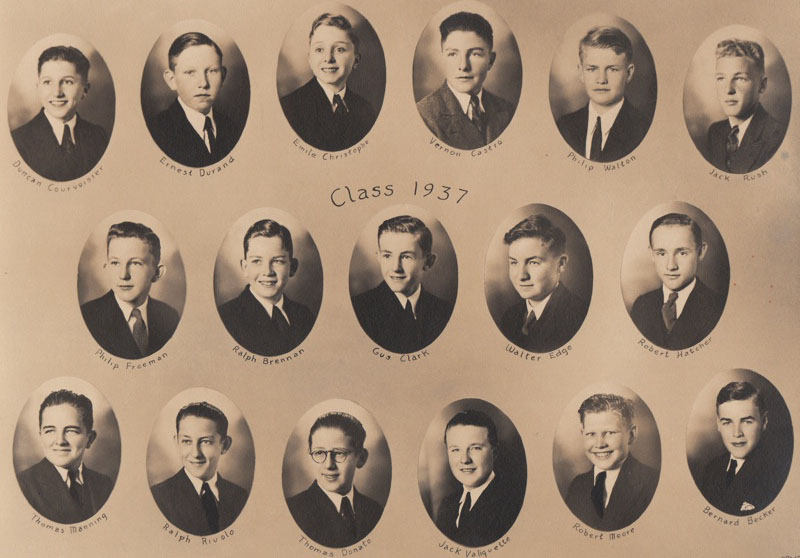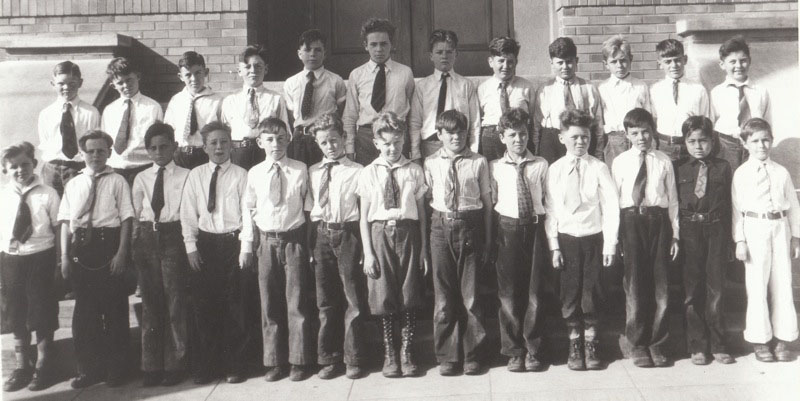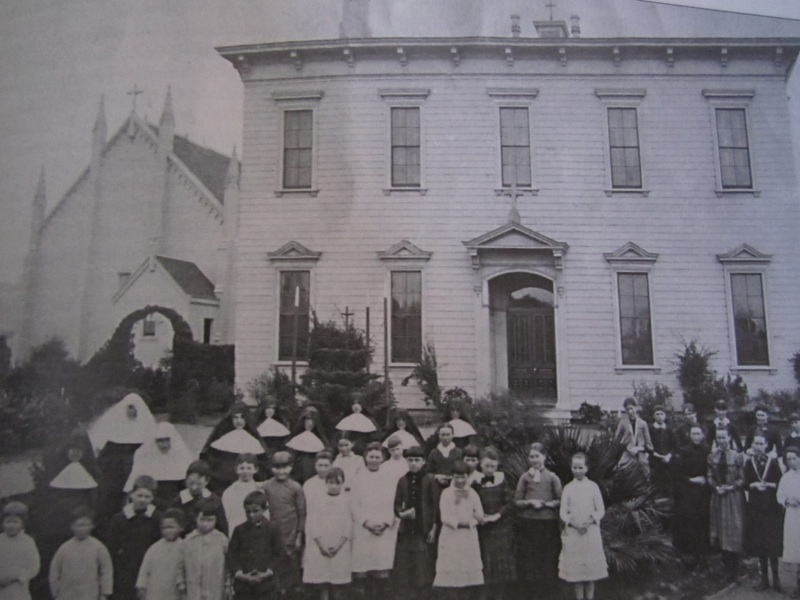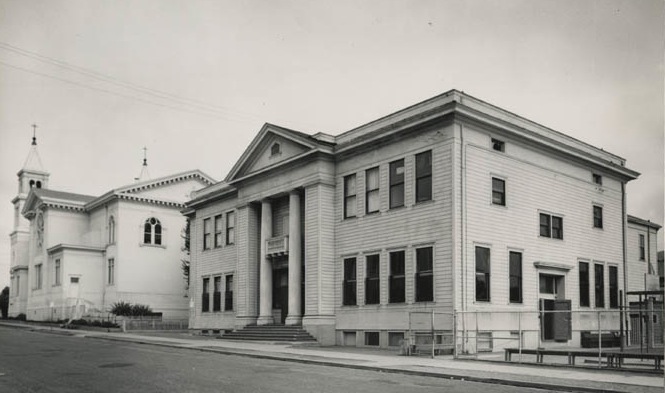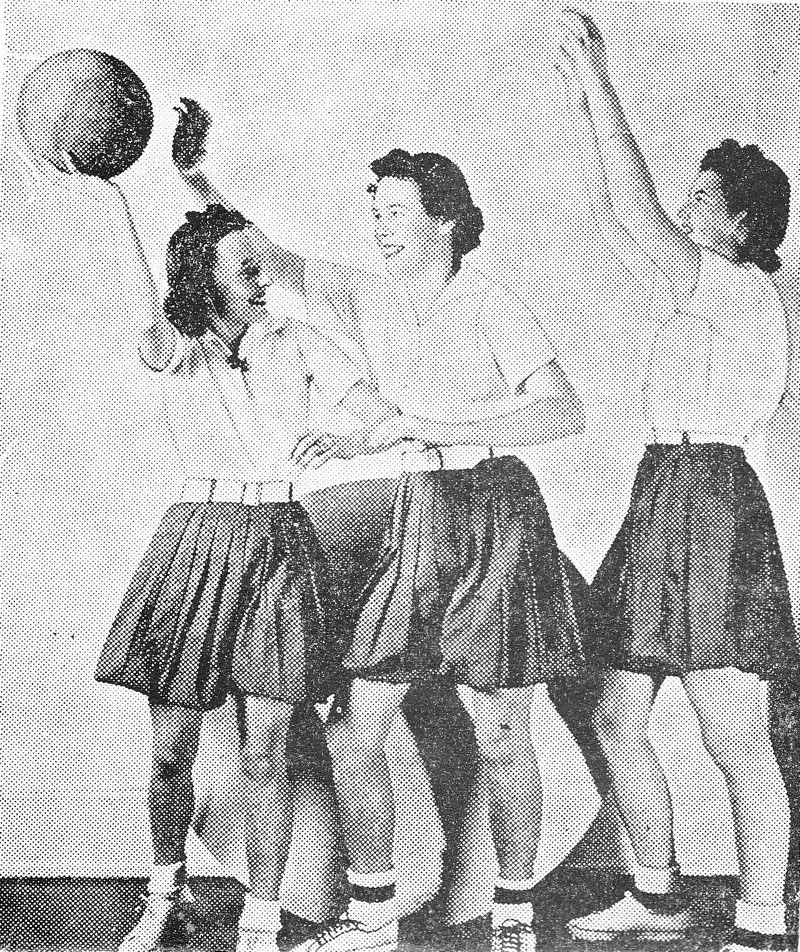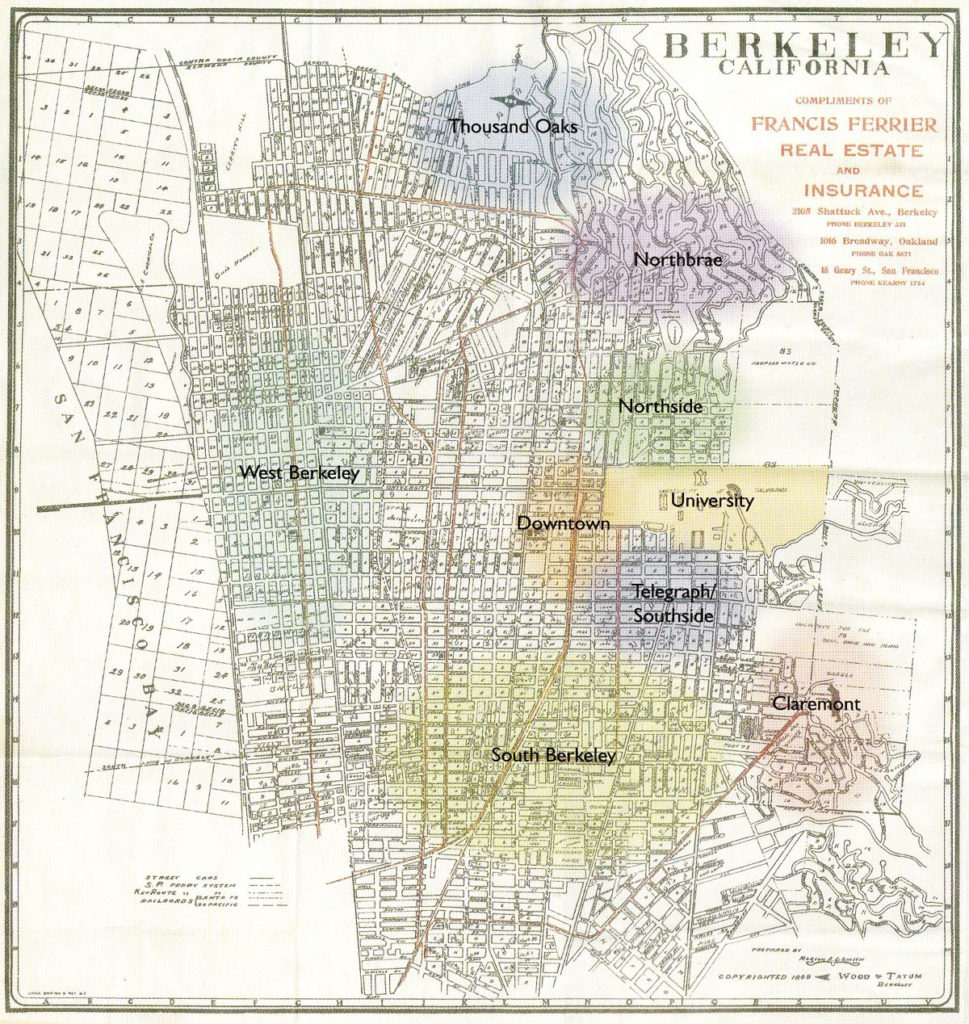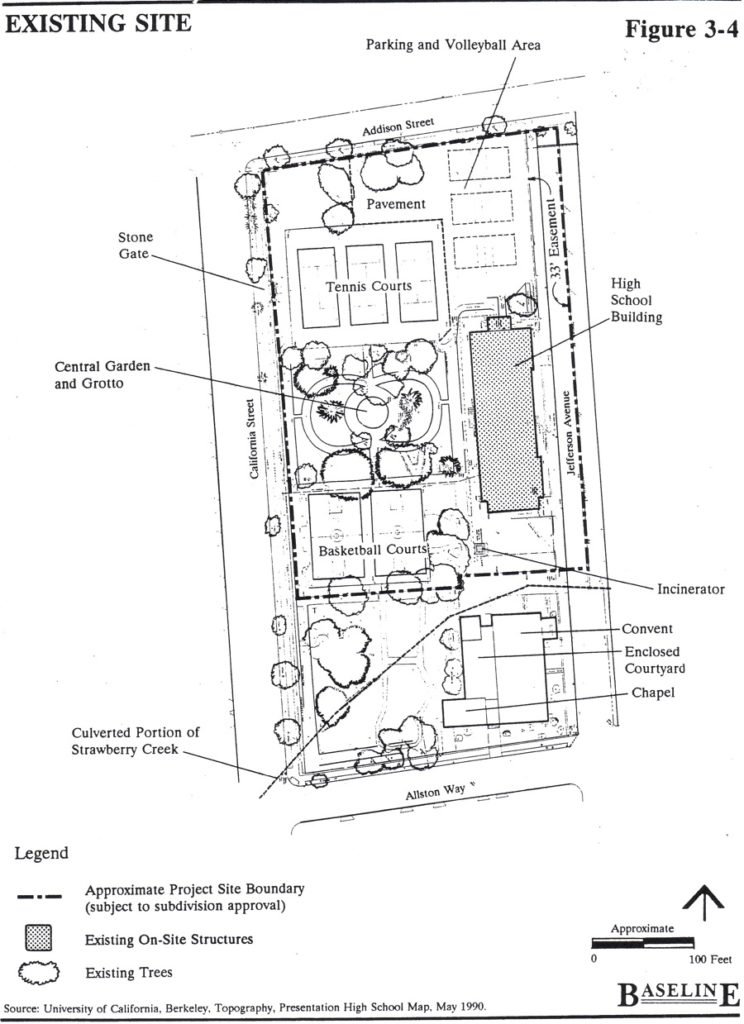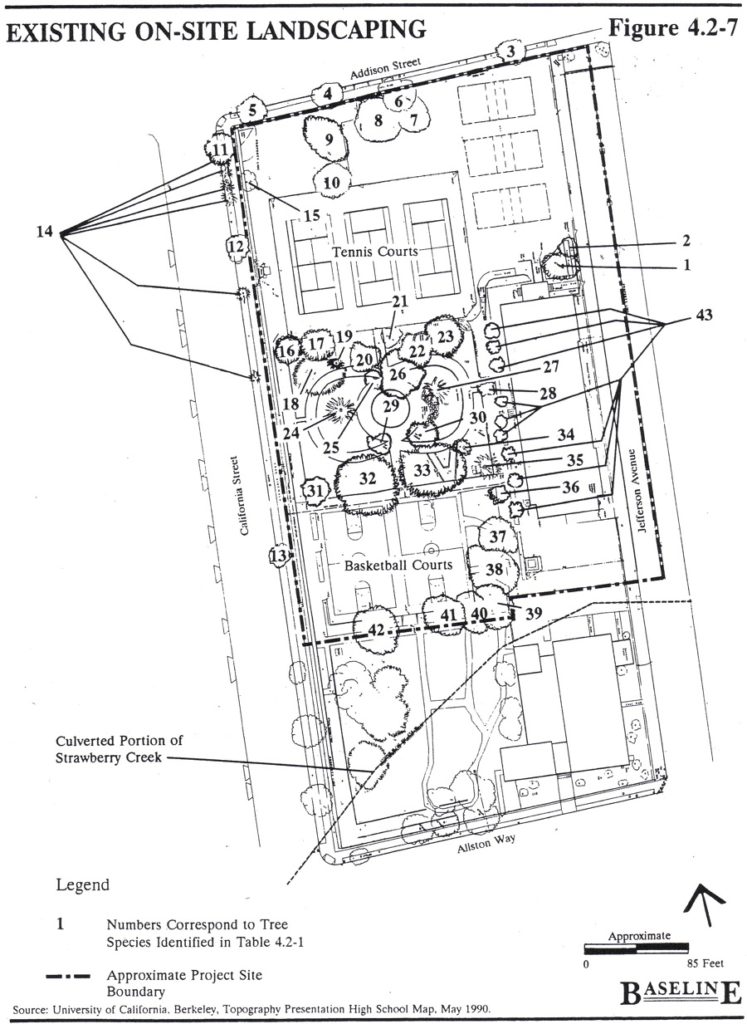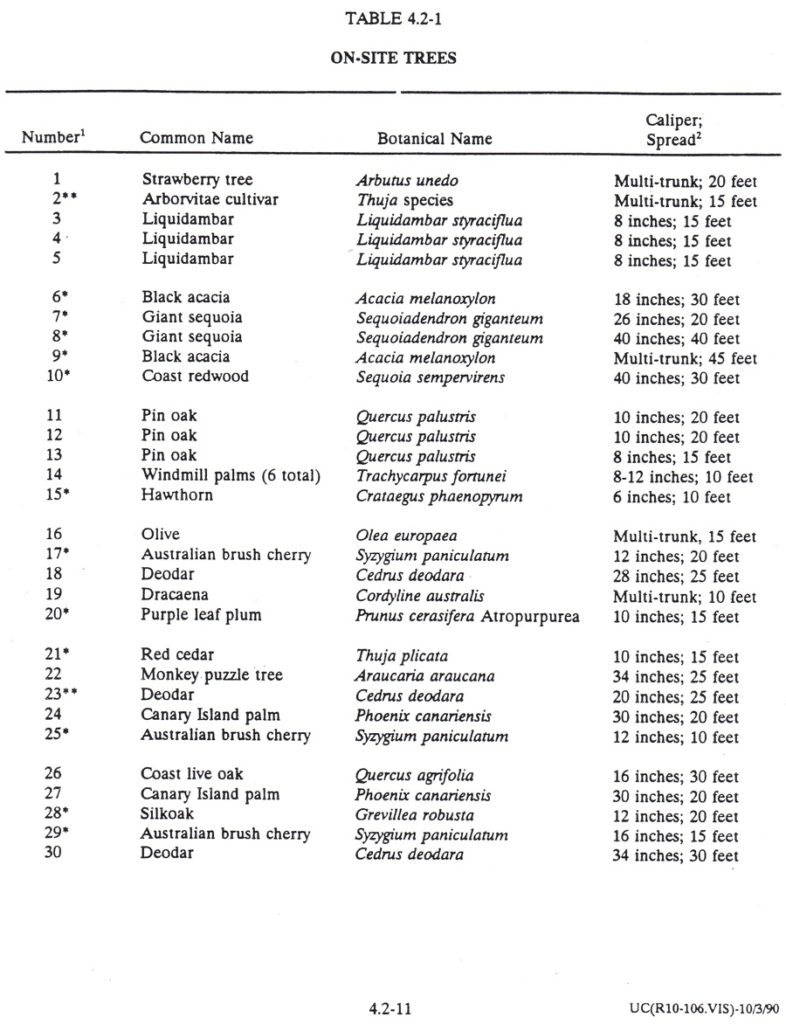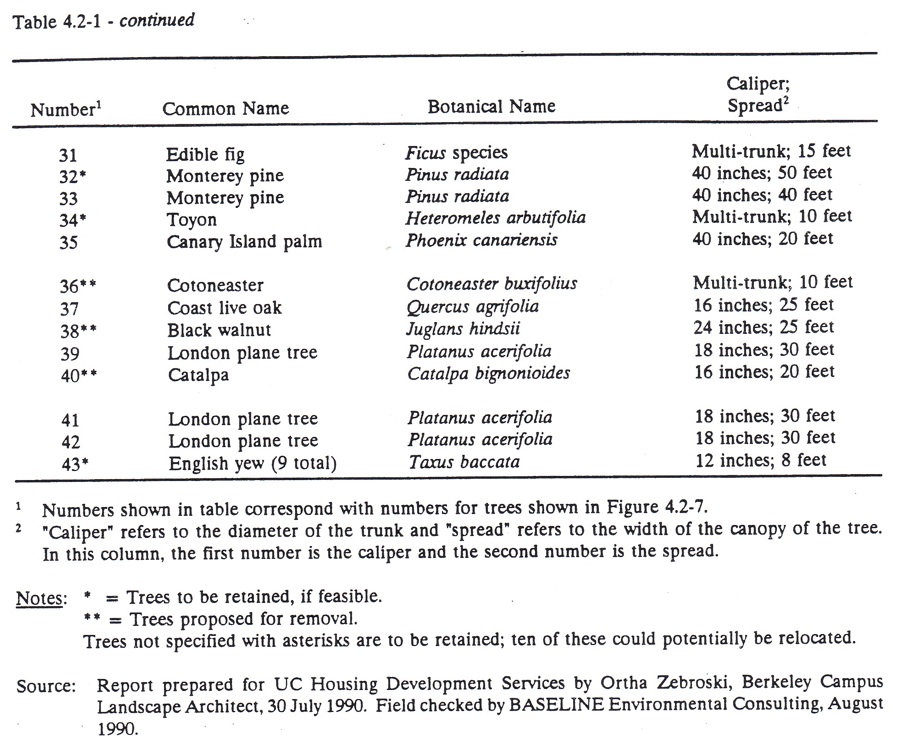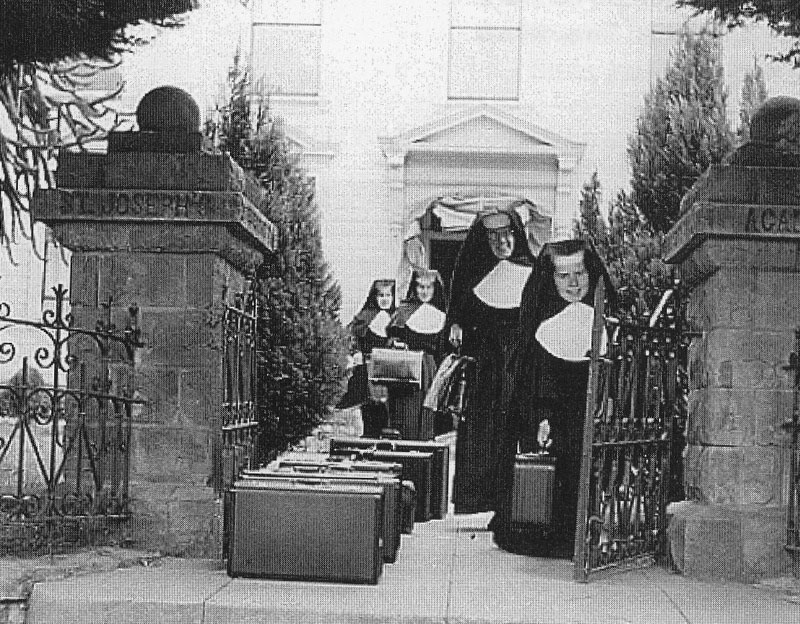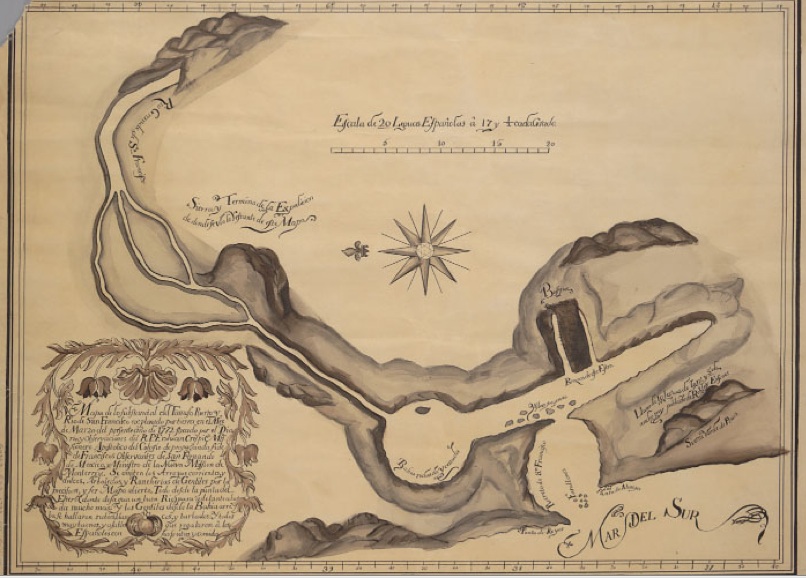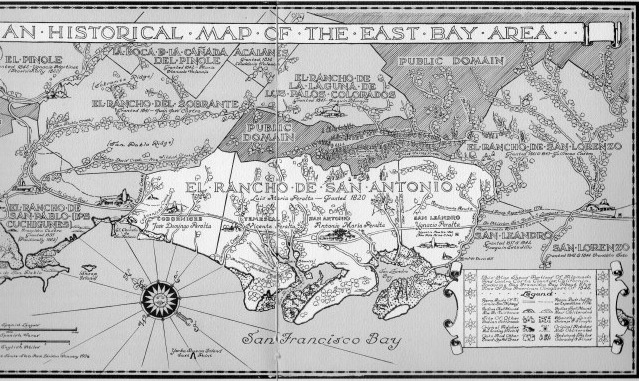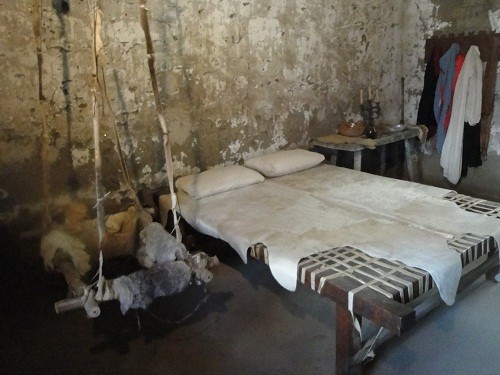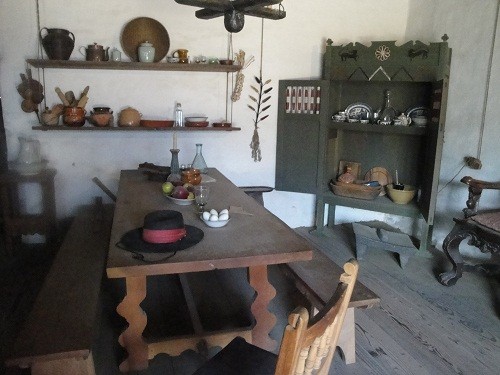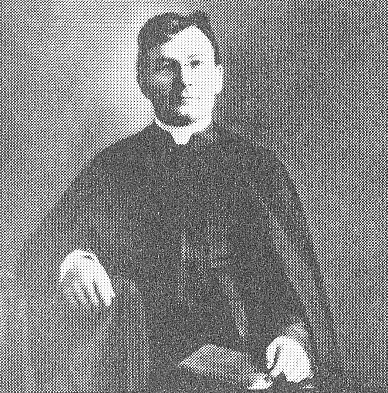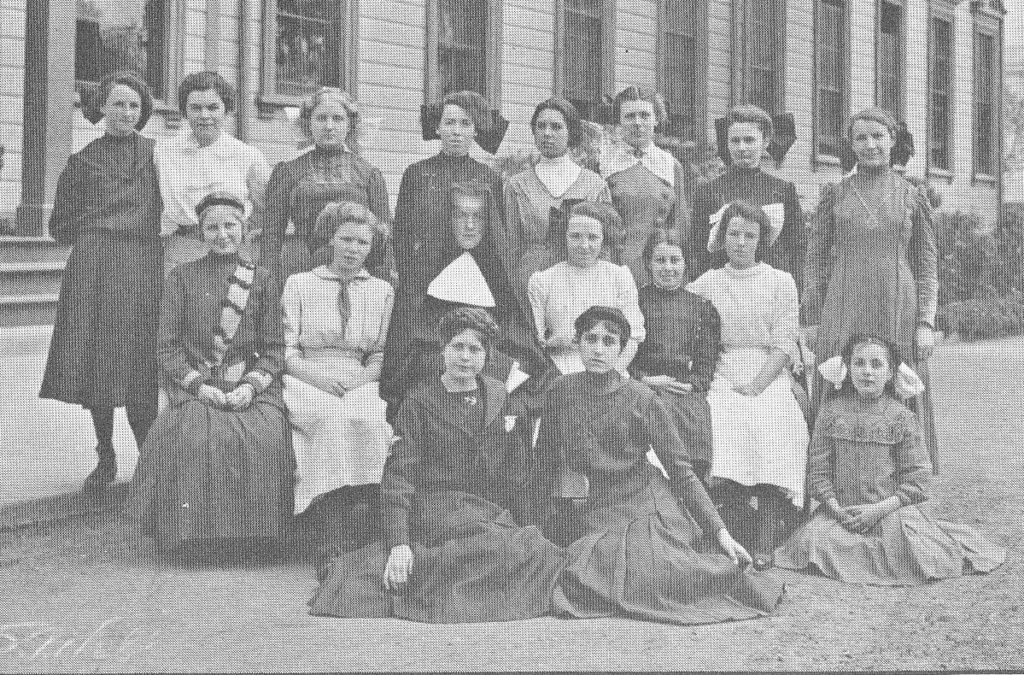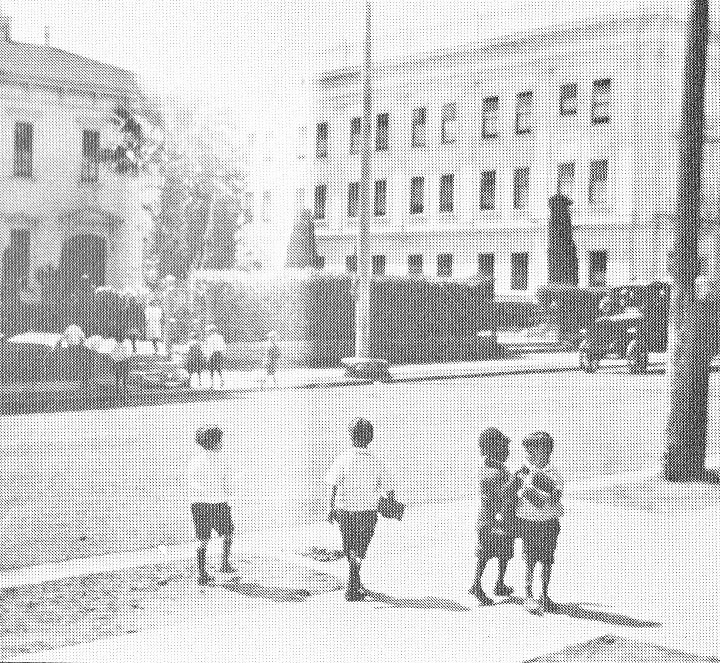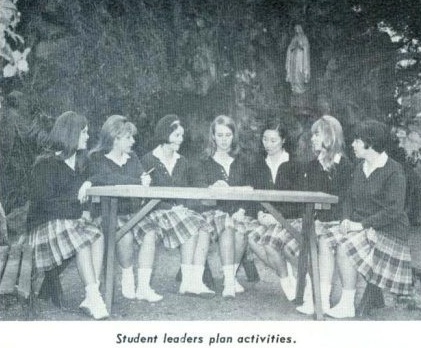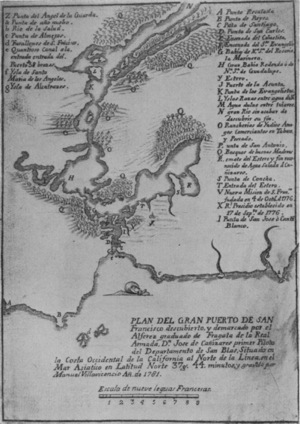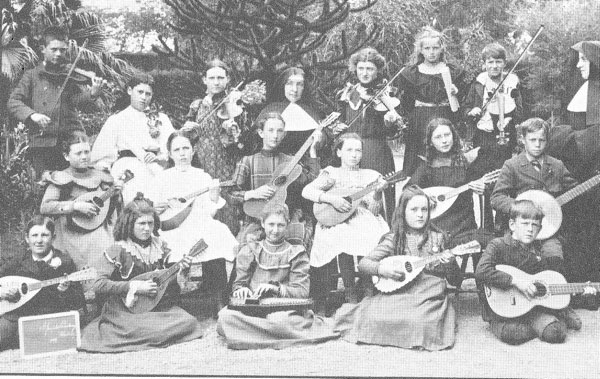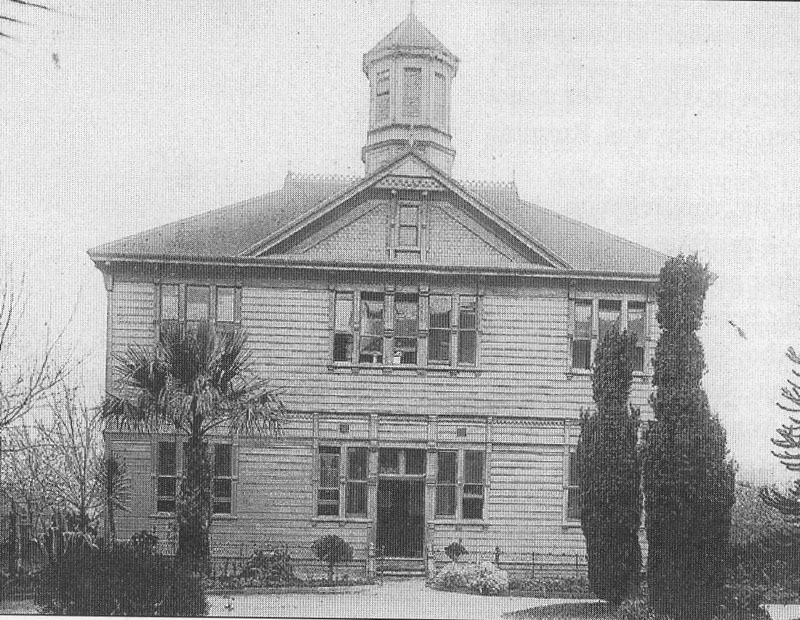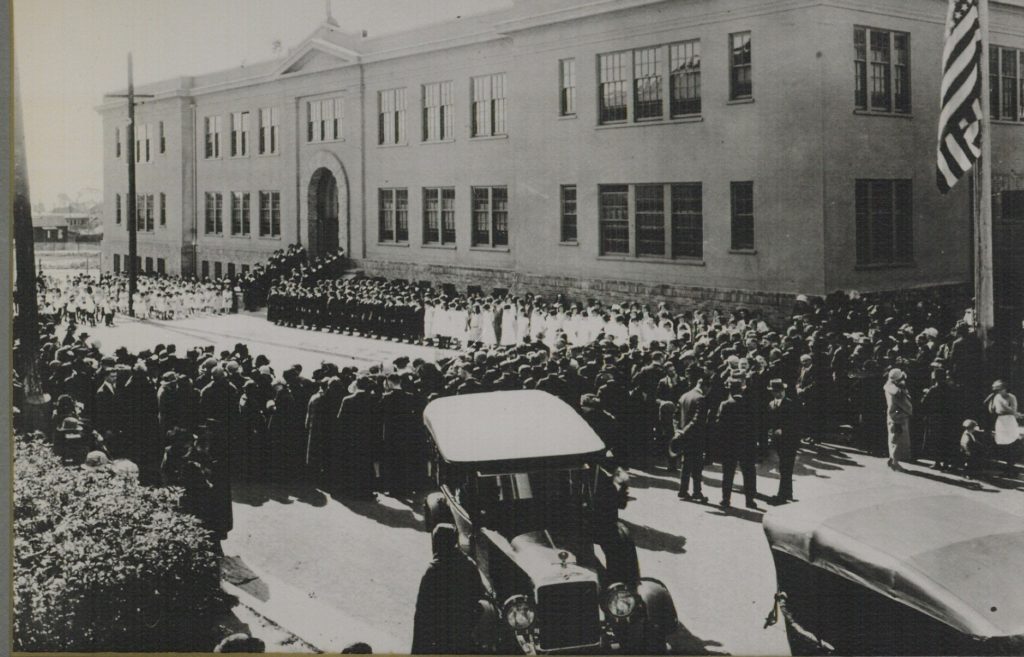University Terrace sits on the territory of xučyun (Huichin (Hoo-Choon), the ancestral and unceded land of the Chochenyo (Cho-chen-yo) speaking Ohlone people, many of whom once lived on the banks of Strawberry Creek. The land was colonized by the Spanish Franciscans in the late 18th and early 19th centuries. Part of the more than 48,000 square acre Spanish land grant Rancho San Antonio, this land was ranched by José Domingo Peralta and his three brothers who together had 8,000 head of cattle and sold their tallow and hides.
In the mid-19th century, Irish farmers arrived as part of and after the Gold Rush — it’s true! There were farms in Berkeley! In 1866, James and Catherine McGee purchased 117 acres from the Peralta family, whose boundaries were defined by what later became Addison Street to the north, Dwight Way to the south, Martin Luther King, Jr. Way to the east, and California Street to the west. In the late 1870s, James McGee gave Mother Mary Teresa Comerford, leader of the Presentation Sisters in San Francisco, the northwestern 2.7 acres of his Tract to found a convent, school, and ultimately a church.
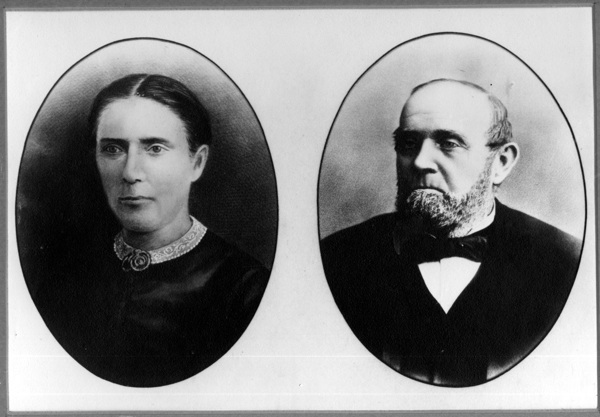
James and Catherine McGee
Catherine (née Catherine Lusk, 1822-1877) and James McGee (1814-1899) originally came from Ireland to the U.S. in 1840, ahead of the Great Potato Famine. After 14 years in Boston, they traveled to Berkeley via the Isthmus of Panama and started farming right away. One of the original Pioneers, James McGee was known for his philanthropy, starting with his gift of 2.7 acres of his 117-acre Tract (between Addison and Allston, MLK, and California) to Mother Mary Teresa Comerford of the Presentation Sisters. Catherine and James’ two daughters, Mary Ann and Catherine, never married and lived in Berkeley their whole lives in homes that were within six blocks of each other. All four are buried in St. Mary’s Cemetery in Oakland.
Initially cloistered, the Sisters developed with James McGee’s help a meditation garden complete with a grotto modeled after one in Lourdes, France. Their schools were award-winning; in addition to academics (many of the graduates of the high school — all female — went on to enroll in the University of California), the Sisters were known for their skill in teaching musical instruments and producing elaborate programs involving hundreds of performing students. A haven for the Presentation Sisters who lost their own convents in the 1906 Earthquake and Fire, the Convent at different times housed the Sisters, their novices, and boarding students.
But times change: James McGee and, after his death, his daughters Catherine and Mary Ann, sold off the remaining lots in the Tract where homes were built to accommodate the burgeoning East Bay and Berkeley population. St. Joseph’s Parish, at one time comprising all of Berkeley, slowly shrank as more parishes in Berkeley were carved out of its original territory. When BART took out 16 blocks of the few remaining blocks in the Parish, the life of the Parish — including local Parish children attending the schools — was greatly affected. The sense of community, which had gradually frayed as people aged and their children moved into the eastern suburbs, eventually tore. Old-timers, the “Golden Friends,” meet for mass daily, but the Sisters are now gone and their schools and students with them.
Still there are remnants of those who came before us. Our original pink buildings became these different shades of pink intentionally. The monkey puzzle tree, large oak (fell and removed in a storm in 2021), and palm tree on the central Green were all part of the early design of the grounds. Circular pathways guided the meditating, prayful Sisters in their walks in the Garden. The stone pillars by the rose garden on California Street originally graced the California Street entrance to the Convent, a bit closer to Addison Street. The oak staircase at the northern end of Building 9 is the original staircase from St. Joseph’s Academy built in 1892. The trains’ whistles still echo off the hills and over University Terrace. And pets and children play.
We begin with a question. That one leads to another and then another. We follow a trail, sometimes getting sidetracked, sometimes losing the trail and so making our own. “Aha!” moments are balanced by “But then, why?” moments. We meet many who help, who encourage, and some who have answers. Old photographs speak. The handwriting from 150 years ago of one sought startles. Children are born, grow up, age, die, and are buried. Sometimes the laughing, squealing sounds of today’s children playing on the Green echo with those of children long gone. Was that a dog or cat chasing a squirrel? There’s the music heard through a half-open window, a mother calling a child, the train whistle in the distance — all evocative of a time past. Sorda, one person says, meaning deaf, but more in the sense of: “If I don’t know, how can I hear or see; if I can’t see or hear, how can I know? How can I understand?” The past does become present. The story continues.
